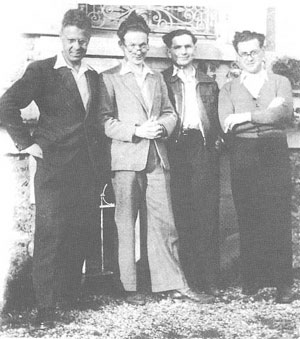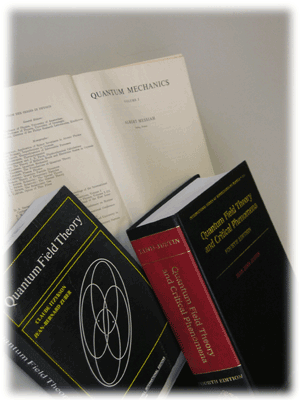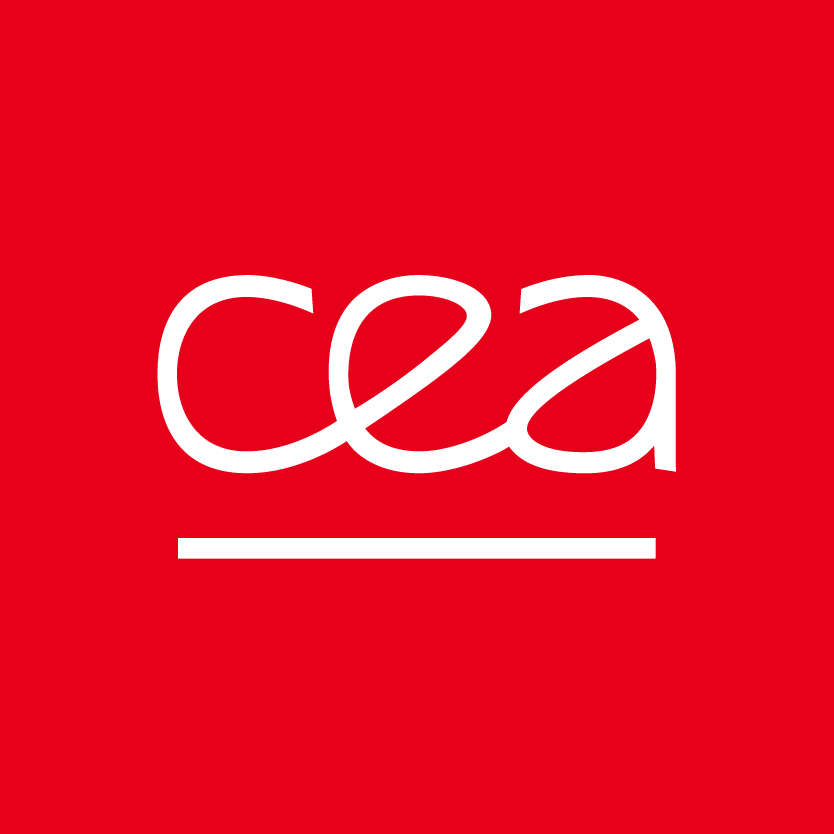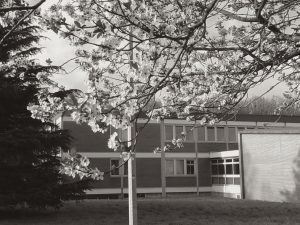Yesterday and today …
The Service de physique théorique (SPhT) was created on February 21st 1963 and it was directly connected to the Division de la physique, the forerunner of the present Direction de la recherche fondamentale. But even before the SPhT was officially created, several groups had begun research in theoretical physics. In 1947, barely two years after the creation of the Commissariat à l’énergie atomique (the Atomic Energy Commission), a group of scientists working in the physics and chemistry departments, at the Fort de Châtillon, manifested their inclination towards mathematical abstraction and modeling. For example, Jacques Yvon did not hesitate to study “an infinite planar reactor without a reflector”! Every week, one afternoon was devoted to “pure theoretical physics”. In 1950 the group was joined by Claude Bloch and Philippe Meyer. Initiated by work on neutron physics, the research rapidly concentrated on nuclear physics and statistical mechanics.
In 1959 the “theoretical physics team” still belonged to the Service de physique mathématique (part of the Département d’études des piles) which was charged with the task of developing theoretical and numerical models of nuclear reactors. The research team published papers on nuclear physics, the many-body problem and superconductivity. Soon particle physics became a substantial part of the research programme. In 1963, when it was created, the Service de physique théorique consisted of about 20 physicists employed by the CEA. From the outset, they were joined by PhD students and, in 1964, by physicists employed by the CNRS (Centre national de la recherche scientifique). To date, about 500 physicists have worked in the Institute, without counting numerous foreign visitors, among which brilliant post-docs and eminent scientists such as V. Weisskopf in 1950 and D. Gross in 1983. The visitors contributed strongly to the scientific activity and they established strong ties with physicists from laboratories world wide. The physicists of the successful Service de physique théorique have been invited in turn spread and even moved to prestigious universities and laboratories in France and abroad. Soon after it had moved to the Orme des merisiers in 1968, field theory became the major subject of research in the laboratory. In the following decades research developed in the fields of conformal theories, matrix models, nuclear and particle physics, astrophysics, condensed matter physics and biological systems.

The output of the Service de physique théorique includes over 6000 publications, about forty books and close to 150 PhD theses. We should add the production, the organization and the scientific animation of international meetings and seminars, as well as numerous summer schools. For example, the Service de physique théorique has played a key role in the development of the Ecole des Houches. Following a tradition established by A.Abragam, C.Bloch, A.Herpin, A.Messiah and M.Trocheris, theorists of the Service de physique théorique give lectures in laboratories and universities both in France and abroad, as well as in the Grandes Ecoles (Ecole normale supérieure, Ecole polytechnique,…). A fair number of the lectures have become classical reference books, namely those of Messiah, Mehta, Gaudin, Itzykson‒Zuber, Itzykson-Drouffe, Negele‒Orland, Des Cloizeaux‒Jannink, Blaizot-Ripka, Zinn-Justin, Di Francesco‒Mathieu‒Sénéchal, etc.
Throughout its history, the research carried out in the Institte has been awarded scientific distinctions. Todate, these include 24 prizes of the Académie des sciences, 27 prizes of the Société Française de Physique, 9 medals of the CNRS, and 47 other distinctions among which 9 delivered by foreign institutions. Several of the physicists are members of the Academies of Science in France, Uppsala, Yerevan and South Korea. The research activity of the Institute regularly examined by the Comité National de la Recherche Scientifique and by an external Scientific Advisory Board.
In the CEA, the Institut de Physique Théorique is attached to the Direction de la Recherche Fondamentale. In 2001, it became a unité de recherche associée of the CNRS, (URA), thereby strengthening its ties with the latter institution. In 2008 it became a CEA Institute, and in 2013 it became a Unité Mixte de Recherche of CNRS and CEA (UMR). For at least thirty years, one third of the physicists working in the Service de physique théorique have belonged to the CNRS. The Intitute also welcomes physicists from other laboratories. It participates in several networks of the European Community and in international exchange programmes through which it develops collaborations with foreign physicists.
Although it was not originally planned when the CEA was created, the Institut de Physique Théorique developed because first its members, and shortly later the administration of the CEA, felt that it was needed. The key of its success lies in the unpredictable convergence of new ideas and in the multi-disciplinary research pursued there for over 60 years.



